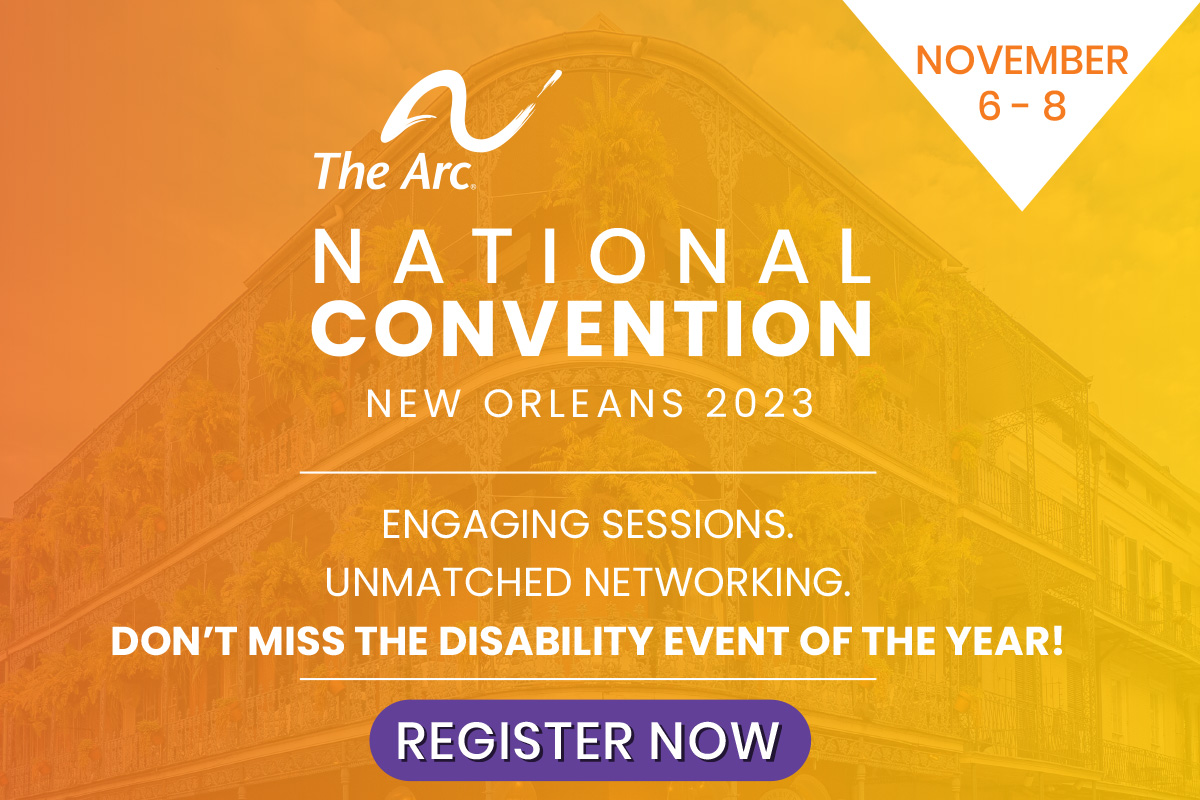Contents
Introduction
Traveling, while an exciting and fun experience, can pose many frustrations. It may be especially stressful for an individual with an autism spectrum disorder or other intellectual or developmental disability. Although extensive trip planning may help in certain circumstances, it is still important to address the issues to ensure everyone has an enjoyable experience.
Mode of Transportation
The mode of transportation itself may prove problematic in certain aspects. Let’s use air travel as an example. Individuals with sensory issues may be overwhelmed by the loud noises and close spaces that come with airplanes and airports. Additionally, individuals traveling with assistive devices, mobility aides, etc. may encounter difficulties in clearing this equipment through security.
Navigating New Surroundings
Navigating new surroundings outside the comfortable structure of home and changes in routines/schedules are another set of issues encountered by individuals with an autism spectrum disorder and other disabilities and their families when traveling. People may need to travel with others or may go places independently. Some places offer travel training to those that may need to know how to use the bus system or local train on their journey. Having the right set of skills and tools are necessary to transferring these elements to a new location. Working with hotels and travel companies/agencies may prove beneficial in this endeavor. Some advanced preparations in addition to utilizing some helpful travel tips can ensure the smoothest trip possible for all travelers.
Travel Training
Traveling training is a comprehensive training program designed to teach people the skills they need to travel safely and independently on fixed-route public transportation.
While each travel training program is different, many teach people (either one-on-one or in small groups) how to travel a specific origin (e.g. their home) to a specific destination (e.g. their school or job). Travel trainers commonly teach people how to plan a trip, read a schedule, purchase fare, travel to the stop or station, enter the vehicle, signal the operator, use landmarks, exit the vehicle, and travel to their final destination. Travel training is not available in every community and some programs have many have eligibility requirements (e.g. school districts may only serve their own students).
Resources
- Transportation Security Administration
- Travel Tips for Individuals with Autism and Their Families
- Webinar: Transportation Options and Accommodations for Individuals with Disabilities
- Article: Travel and Autism
- Webpage: U.S. Department of Transportation: Passengers with Disabilities
- Guide: Challenging Behavior and Autism: A Guide for Transportation Personnel
- Website: United We Ride
- Website: American Public Transportation Association: Public Transit in Your Community
- Website: Association of Travel Instruction (ATI)
- Website: Easter Seals Project ACTION
- Website: Wings for Autism



